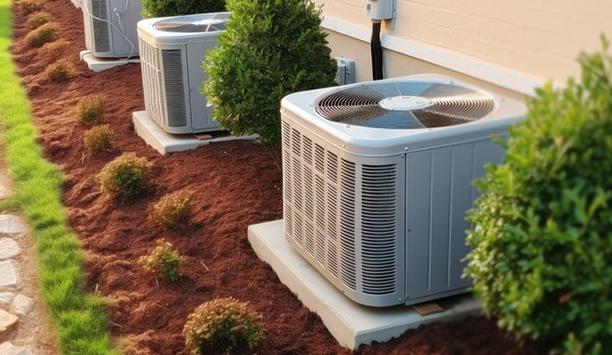The California Air Resources Board (CARB) is moving forward with rulemaking that sets limits and deadlines to decrease the use of refrigerants with global warming potential (GWP) in the commercial refrigeration market and in the residential and commercial stationary air conditioning equipment markets. California regulations are widely expected to influence the direction of other states seeking to regulate GWP of refrigerants.
Declining to delay planned deadlines because of the novel coronavirus pandemic, CARB is proposing a GWP limit of 150 for new stationary refrigeration systems that contain more than 50 pounds of refrigerant, irrespective of end use, beginning on January 1, 2022.
GWP Of Air Conditioning Systems
California State Fire Marshal currently does not allow use of mildly flammable refrigerants in the state’s building codes
For residential and commercial stationary air conditioning systems, the proposed new rule will take effect on January 1, 2023, and will include a GWP limit of 750. CARB held a public workshop in July to discuss the proposals.
There is another challenge of implementing the limits. The alternative materials that enable compliance include lower-GWP A2L refrigerants that are mildly flammable; however, the California State Fire Marshal currently does not allow use of mildly flammable refrigerants in the state’s building codes.
Presumably, the building codes will be updated in time to allow use of A2L refrigerants as an alternative to meet the limits, but the uncertainty makes it harder to plan ahead. Washington state has already revised its state building codes to allow the use of A2L, and other states are in the process of doing the same.
VRF Manufacturers Concerns
The Air-Conditioning, Heating, and Refrigeration Institute (AHRI) industry group has been in discussions with CARB about anticipated industry and supply chain compliance challenges caused by COVID-19 disruptions, and because California building codes do not yet reference required safety standards. At the public workshop, AHRI proposed January 1, 2025, transition date for 750 GWP for newly manufactured air conditioning equipment, but CARB did not comment on the proposal.
Manufacturers of variable refrigerant flow (VRF) systems have also expressed concerns with meeting the compliance deadlines.
However, the current 2023 deadline coincides with the implementation of new U.S. Department of Energy efficiency requirements for residential central air conditioner and air-source heat pump systems. This timing allows manufacturers to design systems to meet both the CARB and DOE requirements at the same time, rather than having to redesign systems twice.
Destructive Measure of climate pollutants
Global warming potential (GWP) is a measure of how destructive a climate pollutant is, compared with carbon dioxide
Global warming potential (GWP) is a measure of how destructive a climate pollutant is, compared with carbon dioxide (CO2), which is assigned a value of 1. GWPs are also used to define the impact greenhouse gases will have on global warming over various time periods; a time horizon of 100 years is used by CARB, which maintains a list of GWPs for common refrigerants.
Driving the new rulemaking in California are regulations passed in 2016 that commit California to reduce HFC emissions in the state by 40% below 2013 levels by 2030.
Release for public comment
By enacting the 750 GWP limit for new stationary air conditioners in 2023, CARB projects a reduction of 2.3 million metric tons in CO2 equivalents of annual emissions in 2030. That is almost a fourth of the progress needed to achieve the target and equates to removing about half a million passenger cars from California roadways each year from 2023 to 2040.
A finalized “notice package,” which includes details of the new limits and deadlines, will be released for a 45-day public comment period on October 23, 2020, with the comment period ending right before the CARB’s board hearing in mid-December, when the board could approve the package.






































